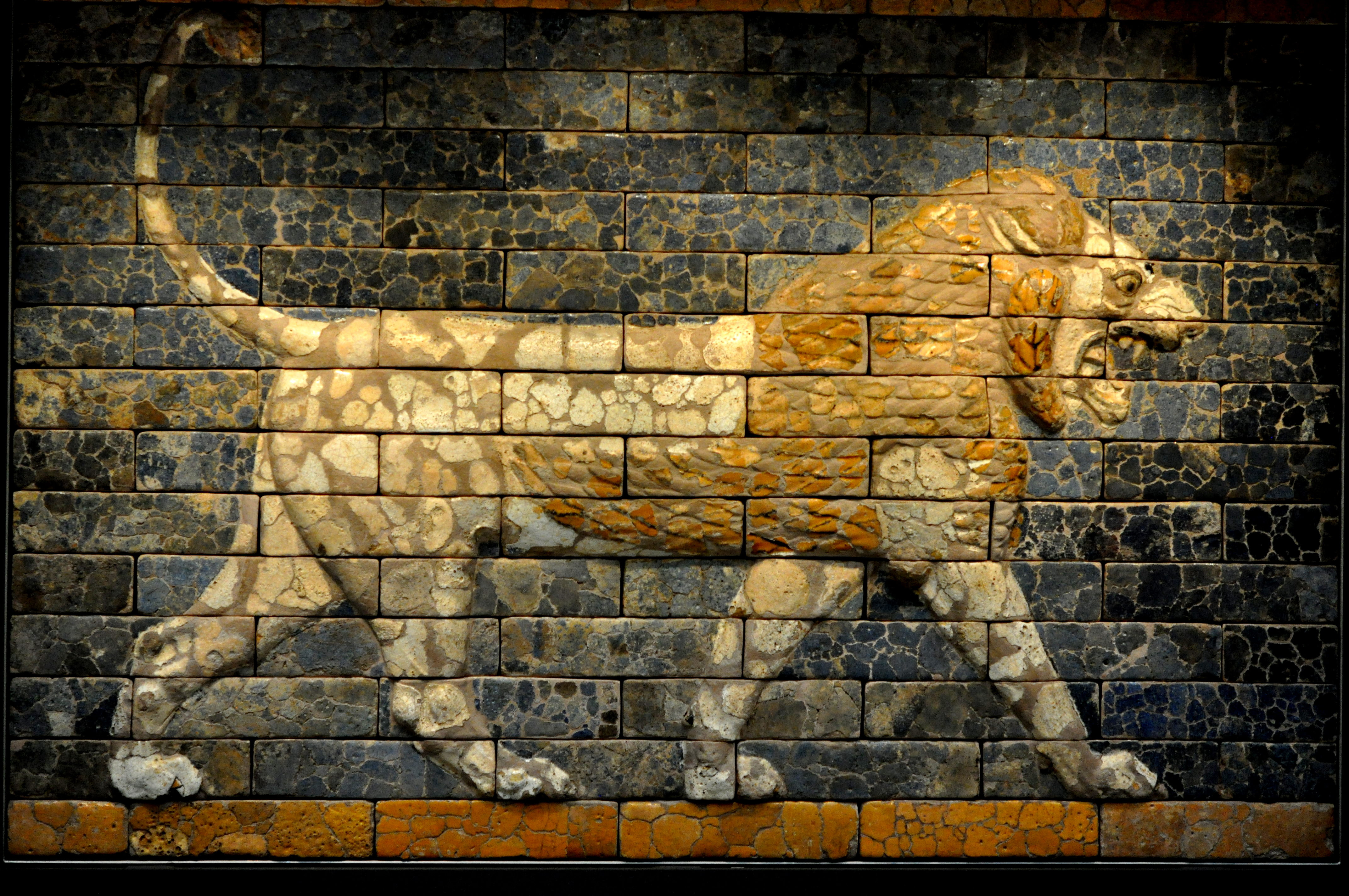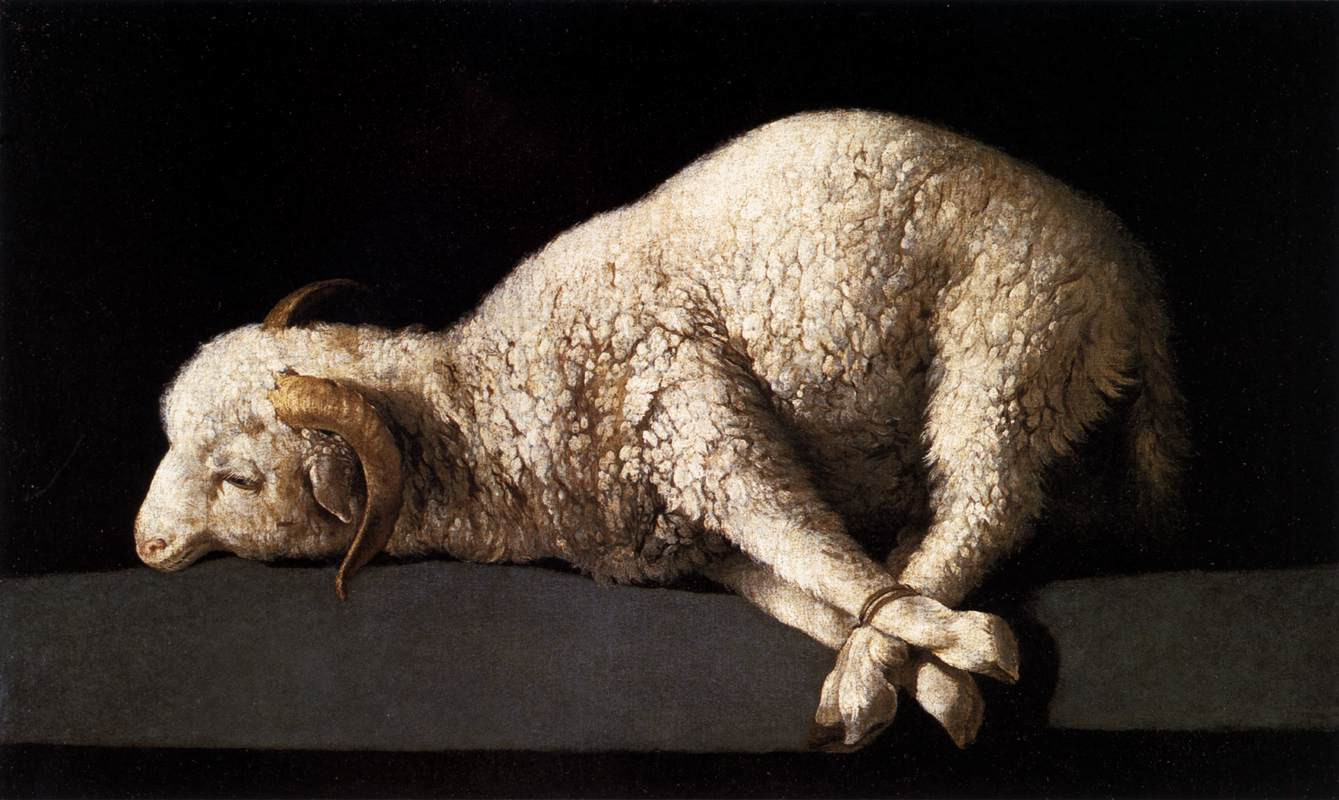Contemporary Christian worship music is a vibrant and evolving genre, constantly adopting new metaphors and imagery to express faith and devotion. One particularly potent symbol that has surged in popularity is the Lion of Judah. This powerful image, drawn from biblical prophecy, now echoes through countless churches and resonates in popular Lion Of Judah Songs. But what is the significance of the Lion of Judah, and how does its portrayal in modern music align with its scriptural roots?
Recently, the motif of Jesus as the Lion of Judah has become increasingly prevalent in Spirit-filled worship songs. These songs, often characterized by their energetic and anthemic style, utilize the lion imagery to evoke feelings of strength, victory, and spiritual warfare. Let’s examine some prominent examples.
Elevation Worship’s track, “Lion,” featuring Chris Brown and Brandon Lake, exemplifies this trend. Referring to God as both the “God of Jacob” and the “Son of Man,” the song builds to a powerful chorus: “Hail, Hail, Lion of Judah, Let the Lion Roar.” The climax of the song is marked by the repeated invocation of “roar,” encouraging worshippers to audibly embody the lion’s powerful cry. This musical depiction emphasizes a forceful and triumphant image of God.

Alt text: Album cover art featuring a stylized, majestic lion’s head, symbolizing the Lion of Judah, relevant to contemporary Christian worship songs.
Another well-known song, “Lion and the Lamb” by Benton Brown, directly references Revelation 5’s imagery of both the Lion and the Lamb. The lyrics articulate this duality: “Our God is the Lion, the Lion of Judah. He’s roaring in power and fighting our battles. And every knee will bow before Him. Our God is the Lamb, the Lamb that was slain. For the sins of the world.” This song attempts to synthesize both aspects of Christ’s nature, concluding with the declaration that “Every knee will bow before the Lion and the Lamb.”
Even earlier, Bob Fitts’s “Victory Chant” employed the Lion of Judah motif with the chorus, “Hail, Hail, Lion of Judah, How powerful you Are.” These songs, while varying in style, converge on the lion image to communicate Jesus’s might and ability to overcome adversity.
This emphasis on power and victory resonates deeply within many Christian circles. Beyond worship music, the Lion of Judah symbol is also embraced in contexts that highlight specific theological or even political viewpoints. For some Christian churches, particularly those focused on eschatology and the role of Israel, the Lion of Judah represents God as the defender of Israel. This interpretation draws from both Genesis and Revelation, positioning God as a protector and powerful force.

Alt text: Digital artwork depicting a roaring lion with the Star of David superimposed, representing the Lion of Judah as a symbol of God’s protection of Israel.
Furthermore, the lion imagery has found its way into nationalistic sentiments in the United States. In certain circles, God is seen as the ultimate vindicator in the political sphere, with some even associating political figures with the “lion” archetype, envisioning them as quasi-messianic deliverers who will triumph over perceived enemies. This demonstrates the lion’s broad appeal as a symbol of strength and dominance across diverse contexts.
However, these contemporary interpretations raise important questions. Does this prevalent use of the Lion of Judah in songs and imagery accurately reflect the biblical understanding? Is Jesus primarily portrayed as a lion in Scripture, or is there a more nuanced picture?
The Multifaceted Lion in Biblical Texts
The Lion of Judah is indeed a biblical image, with roots in Genesis 49:9 and Numbers 24. However, as biblical scholar Brent Strawn has noted, the lion symbol in Scripture is far more complex than a simple representation of power and victory. Throughout the Old Testament, the lion appears with a range of connotations, both positive and negative.
While the lion can symbolize strength and royalty, it is also frequently depicted as a threat and a force of destruction against Israel. Stories like Daniel in the lion’s den highlight the dangerous and predatory nature of lions. Babylon, a major oppressor of Judah, is also symbolized as a lion, tearing Judah to pieces. In intertestamental literature, the lion can even represent God’s judgment and the actions of wicked individuals. This multifaceted portrayal contrasts sharply with the uniformly positive and empowering image often presented in modern lion of judah songs.

Alt text: Ancient Babylonian stone carving of a striding lion, illustrating the historical association of lions with power and, sometimes, with oppressive empires in the Bible.
Strawn astutely observes that the interpretation of the lion image is highly dependent on perspective. When “we” (the in-group) are likened to lions, it signifies positive attributes and dominance over enemies. Conversely, when “they” (the out-group) are depicted as lions, it carries negative connotations of threat and danger. This contextual interpretation is crucial for understanding the biblical lion.
Interestingly, the New Testament outside of Revelation rarely associates Jesus with the lion. Instead, the lion image is often linked to negative forces, particularly the Devil and persecution. 1 Peter 5:8 warns, “Your enemy the devil prowls around like a roaring lion looking for someone to devour.” Paul speaks of being “rescued from the lion’s mouth” (2 Timothy 4:17), referencing danger and opposition. Historically, early Christians faced persecution, even martyrdom by being thrown to lions.
Even within the Book of Revelation itself, the lion imagery is not exclusively positive. While one of the living creatures is “like a lion” (Revelation 4:7), symbolizing strength and majesty, other instances present lions in a more menacing light. Locusts are described as having teeth like lions (Revelation 9:8), and the riders of the apocalypse have heads “like lions’ heads” (Revelation 9:17). The Beast, a symbol of ultimate evil, possesses a “mouth like a lion’s mouth” (Revelation 13:2). This complex and sometimes negative usage of the lion in Revelation provides a crucial context for understanding the “Lion of Judah” in chapter 5.
Revelation 5: Hearing the Lion, Seeing the Lamb
The “Lion of the Tribe of Judah” appears prominently in Revelation 5:5, becoming a foundational text for the popular lion of judah song movement. To understand this passage, it’s essential to consider the historical and literary context. The image of a conquering lion was deeply embedded in Jewish messianic expectations. Figures like Judas Maccabeus, who liberated Judah in the 2nd century BC, were likened to lions, embodying the hope for a warrior-king who would deliver Israel from oppression. 1 Maccabees 3:4 describes Judas as being “like a lion in his deeds, like a lion’s cub roaring for prey.” This expectation of a powerful, lion-like messiah forms the backdrop for Revelation 5.
Revelation, however, masterfully reinterprets these traditional messianic images through the revelation of Jesus Christ. The book is not primarily about predicting the future but about unveiling the true identity of Jesus in light of messianic prophecies. As Revelation 19:10 states, “the testimony of Jesus is the spirit of prophecy.”
To grasp the Lion and Lamb imagery in Revelation 5, it’s crucial to recognize a deliberate literary device: the contrast between what John hears and what he sees. The chapter opens with a profound question: Who is worthy to open the scroll, symbolizing God’s plan for redemption? The answer John hears is that “the Lion of the tribe of Judah, the Root of David, has triumphed…” (Revelation 5:5). These are potent messianic titles, evoking the expectation of a conquering king, the lion-like deliverer.
But when John turns to see this triumphant Lion of Judah, his expectation is subverted. Instead of a majestic lion, John sees “a Lamb standing as if slain” (Revelation 5:6). This dramatic shift is the crux of Revelation 5.

Alt text: Gentle image of a white lamb standing peacefully in a field, contrasting with the powerful lion and symbolizing sacrifice and meekness.
The Lamb, an image of vulnerability, sacrifice, and gentleness, stands in stark contrast to the powerful and predatory Lion. This contrast reveals the revolutionary nature of Christ’s messianic victory. Jesus did not conquer through military might or earthly power, but through sacrificial love and death on the cross. His victory was won as the Lamb slain for the sins of the world.
While the image of the Lion resonates with our desire for a powerful God who vanquishes enemies, Revelation 5 redirects our focus to the Lamb. In a world marked by violence and conflict, the church is often tempted to embrace the lion image, seeking a God who will forcefully overcome perceived adversaries. However, the revelation of Jesus as the Lamb offers a different path – a path of love, peace, and self-sacrifice for even our enemies.
The core message of Revelation 5 is that the Lamb, not the Lion as traditionally envisioned, is the one worthy to open the scroll and reveal God’s redemptive plan. It is the Lamb’s sacrifice that holds the power to redeem the world and establish God’s kingdom, not through force, but through salvation. We are called to embrace the way of the Lamb.
As Revelation 5:9-10 proclaims, “Worthy are You to take the scroll and to open its seals, because You were slain, and by Your blood You purchased for God persons from every tribe and language and people and nation. You have made them to be a kingdom and priests to serve our God, and they will reign on the earth.”
In conclusion, while lion of judah songs capture a powerful aspect of God’s nature, the full message of Revelation 5 calls us to a deeper understanding. It invites us to recognize that true victory and redemption are found not in the roaring power of the Lion alone, but in the sacrificial love of the Lamb. Perhaps our worship and our understanding of God’s power should reflect this crucial balance – embracing both the strength of the Lion and the selfless love of the Lamb.

